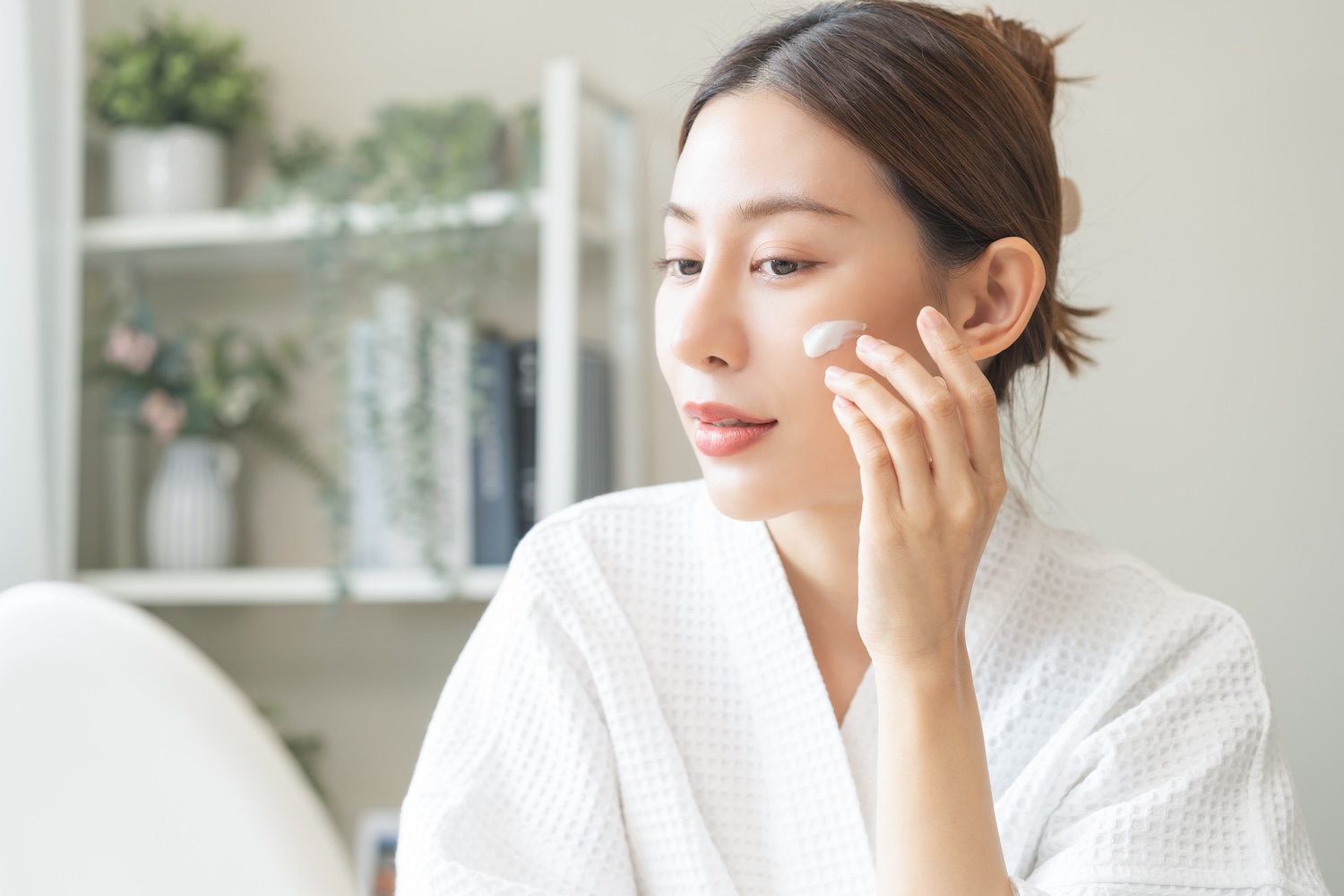
IDS Group

Hydration is the cornerstone of healthy, glowing skin, and while it may seem like a simple concept, its importance goes far beyond just keeping the skin moist.
Our skin, the largest organ of the body, is constantly exposed to environmental stressors like the sun, wind, and pollutants. These elements can strip the skin of essential moisture, leaving it looking dull, feeling dry, and sometimes even causing irritation. Hydration helps restore the skin’s protective barrier, supports its natural renewal cycle, and enhances its ability to defend against harmful agents. In short, moisturizers and skin-conditioning agents are not just cosmetic—they are vital for maintaining both the appearance and health of our skin.
However, even with a consistent moisturizing routine, skin can still feel dry. This can happen for several reasons. One common cause is the use of harsh skincare products or routines. Some soaps, cleansers, and exfoliants strip the skin of its natural oils, disrupting the skin barrier and leading to dryness. Additionally, environmental factors such as dry air, air-conditioning, or hot showers can accelerate moisture loss. Underlying skin conditions like eczema or psoriasis can also compromise the skin’s ability to retain moisture and systemic issues such as dehydration or hormonal imbalances can further aggravate the situation.
To keep the skin hydrated, it’s important to first review your skincare routine and rectification of any aggravating factors. Go for gentle, soap-free cleansers and avoid over-exfoliating, as this can further dehydrate the skin. After cleansing, apply your moisturizer to slightly damp skin to lock in moisture. If you live in a dry climate or spend a lot of time in air-conditioned spaces, consider using a heavier moisturizer or adding a humidifier to your environment. It’s also essential to stay hydrated, eat a balanced diet, and protect your skin from environmental stressors with sunscreen.

In humid climates like Singapore, some may feel tempted to skip moisturizing altogether. However, even though the surrounding air may provide some moisture, this doesn’t mean we can skip out on moisturizing. Skin is made of various lipids and proteins, and maintaining a balance is key to keeping it hydrated. For those with oily skin, a lightweight, oil-free moisturizer (for instance, IDS's OM) will provide enough hydration without feeling sticky. For those with drier or more mature skin, a richer moisturizer may be more suitable. Rather than skipping moisturizer altogether, the key is to choose the right formulation for your skin type.
It’s also important to be mindful of how much moisturizer you use. Over-moisturizing can lead to clogged pores, delayed skin regeneration, and a reduced ability for the skin to produce its own natural oils. If you experience a greasy or tacky sensation after applying moisturizer, it’s a sign that you may be using too much. The goal is to find a balance that helps your skin feel nourished but not weighed down.
When it comes to applying moisturizer, there are a few techniques that can help boost its efficacy. Start with a clean face and pat your skin dry gently with a towel. Apply a small amount of moisturizer to your slightly damp skin to help seal in moisture. Massage the moisturizer into your skin using upward, circular motions to promote absorption and improve circulation. Make sure to apply the moisturizer to areas that are prone to dryness, like the neck and décolletage. Allow the product to absorb fully before applying sunscreen or makeup, as this will create a smoother base for the rest of your routine.
In recent years, skincare trends like layering hydrating products have gained popularity, with many turning to multiple steps in their routine to boost hydration. While this approach can be effective for those with very dry skin, it’s important to strike a balance. Using too many layers can lead to clogged pores, especially for those with oily or acne-prone skin. Skin slugging, the technique of applying an occlusive product at the end of the skincare routine to lock in moisture, can be helpful, but it’s not for everyone. It’s essential to listen to your skin and adjust your routine based on its unique needs.
Dry Skin or Dehydrated Skin?
There’s often confusion between dry skin and dehydrated skin, as they share similar symptoms like tightness, dullness, and increased sensitivity. However, the causes of each are different. Dry skin is typically a genetic condition that results from a lack of natural oils, while dehydrated skin is caused by a lack of water in the skin, which can be influenced by environmental or lifestyle factors. Both conditions require different treatments. For dry skin, it’s important to replenish the skin’s lipids by using emollient-rich products, while dehydrated skin benefits from humectants like hyaluronic acid that draw water into the skin.
To ensure the best hydration for your skin, it’s essential to use products with the right ingredients. Humectants, such as hyaluronic acid, attract water and draw it into the skin. Emollients, like ceramides and jojoba oil, help fill in the spaces between skin cells and lock in moisture. Finally, occlusives, such as squalene and petrolatum, prevent moisture loss by creating a barrier on the skin’s surface. A well-rounded moisturizer may contain a combination of these ingredients, ensuring that your skin receives both hydration and protection.
The key to hydrated skin is understanding your individual skin needs and adjusting your routine accordingly. With the right approach to moisturizing, proper lifestyle habits, and a focus on hydration, you can achieve soft, supple, and healthy skin, regardless of the climate or your skin type.
Our Clinic Locations
-
Novena Specialist Center
8 Sinaran Drive, #05-09 to 10
Singapore 307470 -
International Building
360 Orchard Road
#02-02 International
Building, Singapore 238869










